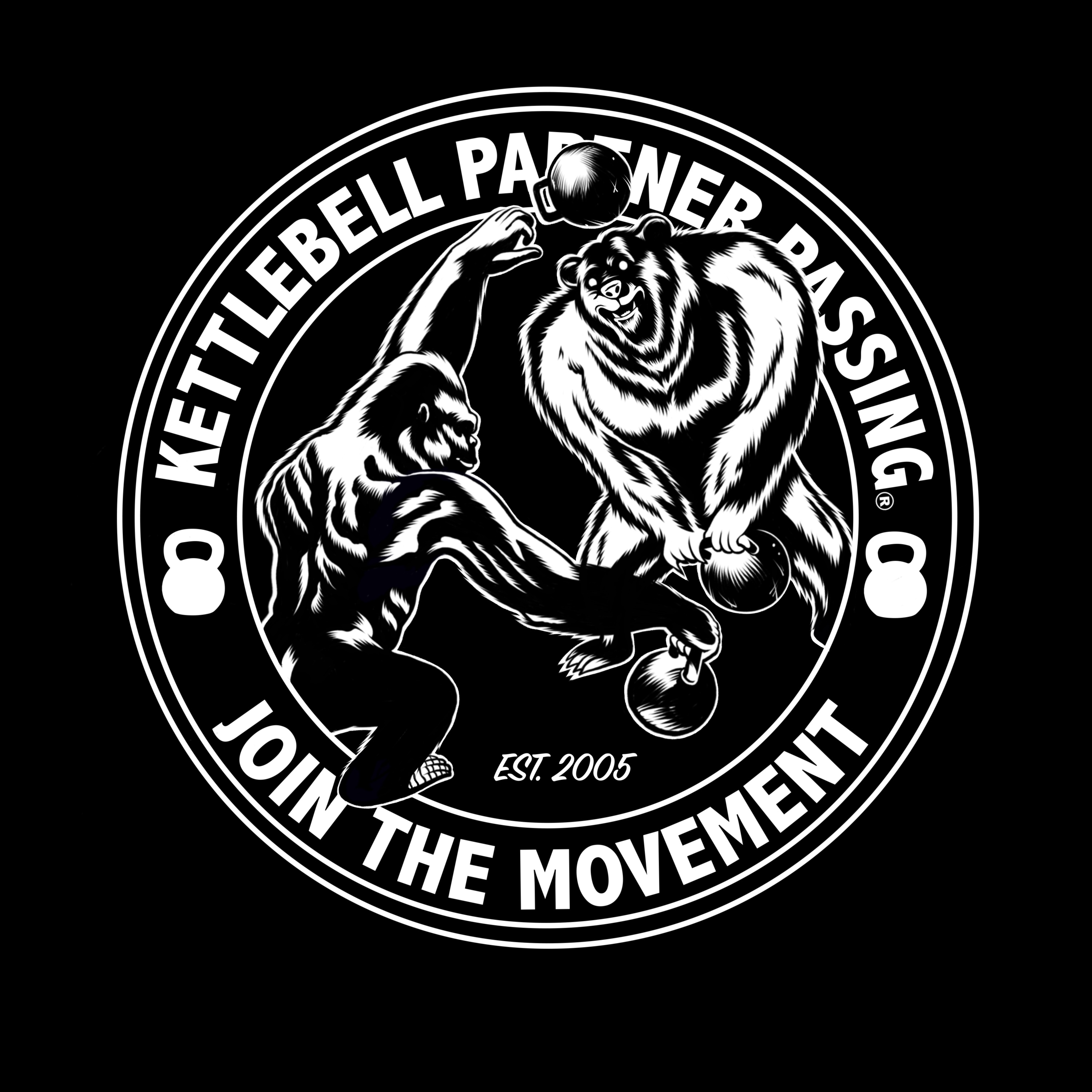No Partner? No Problem!
- Kettlebell Partner Passing

- Nov 9, 2020
- 3 min read
Updated: Apr 6, 2022
If you’re wondering whether you can learn Kettlebell Partner Passing without a partner, or how to practice if you don’t have a partner to practice with… keep reading!
One of the most important keys to success in Kettlebell Partner Passing is being a skilled, safe, and supportive partner. In order to be a good partner, there is preparatory work to be done on your own. There is inherent risk involved in tossing heavy metal objects around (note: the inherent risk is also one of the most valuable aspects of KPP). It’s important to do everything possible to mitigate that risk before you pass a kettlebell with a partner. Preparing yourself to be a good partner involves having the physical strength and skill to lift and coordinate the bell weight you will be passing, as well as the mental strength to deal with any fears and insecurities that may come up for you and your partner.
Laying the groundwork for KPP involves getting in tune with and strengthening your body to handle the demands of sending and receiving a kettlebell. Even if you never end up passing kettlebells, learning how to manipulate the kettlebell through dynamic ranges and building confidence in your abilities is a great way to get in shape and improve your kettlebell handling skills.
Getting in tune with your body is the first step, especially if you have not been physically active recently. Bodyweight exercises like pelvic tilts, hinges, and squats are helpful to gently reconnect with your body without straining. Unifying your body and mind through movement is essential if you intend to pass a kettlebell with another person. The better attuned you are with yourself, the better your potential to be a good kettlebell passing partner.

Strengthening your body in preparation for KPP is best done with specific kettlebell exercises in various stances and ranges of motion. Passing the bell back and forth requires a strong kettlebell swing, as the swing is what generates the momentum for the pass. Catching the bell, on the other hand, requires prepping the body for many different angles of force since you don’t have control over the bell’s trajectory as it flies toward you. Exercises such as cross body deadlifts, squats, leg circles, around the body handoffs, in addition to swings and flips get the body ready to absorb load in multiple planes of motion. Strength training with a kettlebell is a great way to get your body in shape for KPP, and it’s also a good way to mitigate injury risk.

Passing requires throwing and flipping the kettlebell, so learning how to manipulate the kettlebell’s movements is essential. Dynamic movements like tossing and flipping the kettlebell help you get comfortable and confident with your ability to direct the kettlebell where you want it to go (as opposed to just tossing the bell and crossing your fingers that it arrives at the right target!). These dynamic movements train your cardiovascular system to develop stamina as well.

Establishing a mind-body connection, strengthening your muscles, and practicing dynamic movements not unlike throwing the bell to a partner are all ways to build confidence in your ability to pass safely, if you choose to do so. Passing and receiving a kettlebell can be scary, and being confident in yourself helps reduce fears and increases the likelihood of success while mitigating risk of injury. In fact, having a strong mental game is most of the battle; all of the physical skills are relatively easy to acquire. The better prepared you are as an individual, the more optimally you’ll be able to connect, communicate, and cooperate with your partner -- and that’s what KPP is all about.
The Kettlebell Solo Foundations program is recommended before you begin passing with a partner because it outlines detailed ways to prepare for KPP -- and it’s also a great exercise program. For a sneak peak of some of the exercises in the Kettlebell Solo Foundations program, check out the video below!



Comments